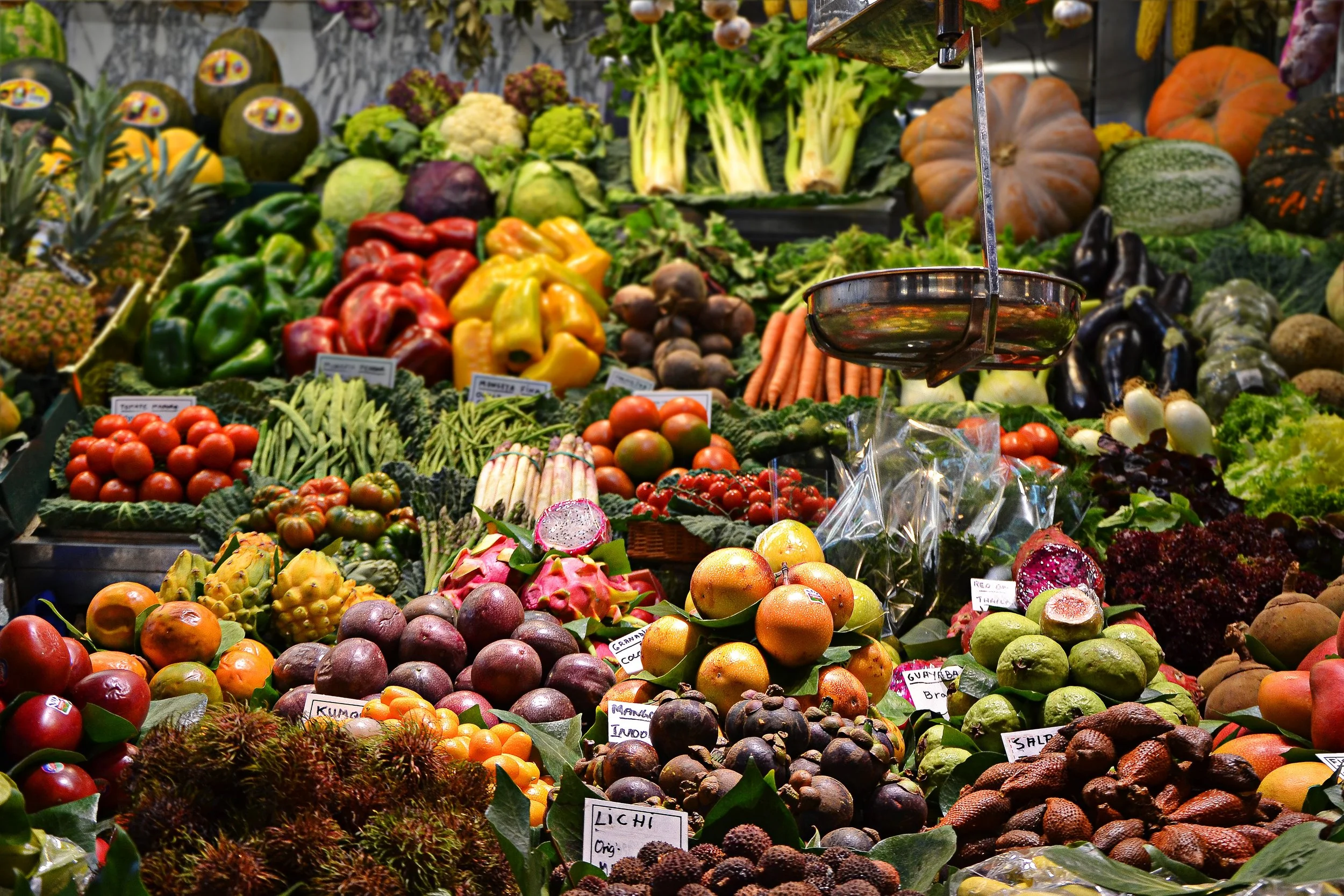Trying to eat healthy in the information age is challenging. Because fads are always changing and research shifts along with it, those of us trying to keep up can often get lost. One week we’re doing what everyone says is the best way to lose weight or be healthy, the next we’re being told how that exact thing is bad for you, if not outright dangerous to your health.
It’s tough.
For me, I know that settling into healthy eating came hand-in-hand with my interest in endurance running. Your fuel is so crucial to your performance that I had to figure out the best diet for myself.
More than following fads, trends, and the latest academic study, we need to have a solid foundation in the science of nutrition. Now, I’m not going to get too technical here — I would be lying to say I’m a nutrition expert! However, I have done my research.
There is a foundational science and system behind nutrition and healthy eating. If we understand those basics, we can adapt them to our diets, regardless of the next big health trend.
Here’s what you need to know:
Why Is Nutrition Important?
What we put in our bodies matters. Proper nutrition is the foundation for a healthy life. Food gives us energy, helps fortify the immune system and prevent disease, improves overall quality of life, and protects against chronic disease.
Nutrition Basics
So what types of nutrition are there? We can break it down into macronutrients and micronutrients. Macronutrients are those that we need in larger quantities to function, while we need smaller amounts of micronutrients. Washington State University has a great, simple breakdown of each of these, including recommended intake based on activity levels.
Macronutrients:
Protein — Protein functions as the tissue structure for muscle, organ tissue, and more. Its involved in the vital bodily processes, including hormone systems and metabolic regulation. We source protein from beans and lentils, soy, nuts, whole grains, meats and meat alternatives, and certain vegetables.
Carbohydrates — Carbs are common fuel, particularly during high-intensity exercise. Carbs prevent protein from being burned during exercise, ensuring the preservation of muscle mass. They also provide fuel for the brain and central nervous system. We primarily source carbs from grains, dairy, and fruit.
Fats — The body’s insulation. Fats also protects vital organs, transport fat-soluble vitamins, and act as an energy reserve. We get fats from nuts, oils, meat and fish, and dairy.
Micronutrients:
Micronutrients can be broken down into several categories: water-soluble, fat-soluble, and minerals. Water, too, is considered a micronutrient in its own category.
Water-Soluble — B vitamins, vitamin C, folic acid
Fat-Soluble — vitamin A, D, E, and K
Minerals — Potassium, iron, calcium, zinc, etc.
So What Do I Eat?
No matter what diet you choose to follow, it’s most important to prioritize fresh vegetables and fruits, healthy fats, and lean protein. Too much of anything can have a negative effect on health, particularly when it comes to high-fat foods. What we must do is weigh macronutrient content against the micronutrient benefit. “Empty” calories — that is, foods that provide few micronutrient benefits while having a high calorie content — should be avoided.
You want your diet to be accessible, too. If your diet consists of expensive or difficult-to-obtain items from specialty stores, you will be unlikely to sustain your diet in the long-term. Focus on foods that are local and stocked in your grocery store.
Factor in Health Risks
Every individual is different. Our bodies have different nutritional needs and carry with them different health risks. This is crucial to factor in when selecting a diet. For example, if you are at risk for heart disease, you will want to greatly reduce your consumption of saturated fats and sodium while increasing consumption of leafy greens, whole grains, and healthy fats.
A good rule of thumb for everyone? Eat fresh food as much as possible. Avoid as many processed foods as you can, including some frozen foods and all fast food. Highly processed foods have a high caloric, salt, and fat content.
Meal prep is a successful strategy in which you cook all of your meals for the week and keep them on hand. This creates convenience, saves money, and ensures that you’re eating fresh, minimally processed foods. Sauteing, baking, and grilling all serve as fast ways to cook.
The Big Healthy Eating Takeaway
At the end of the day, recognize that there are building blocks to nutrition that are always true. While our individual bodies may have different demands and considerations, be aware of diets that call for a total restriction of one (or several) macronutrients. While they may provide short-term results, you may be missing important bodily fuels.
Instead of looking to fads, low-fat, and specific diet strategies, focus instead of consuming freshly prepared foods in appropriate portion sizes. Not only is this more sustainable and flexible, but it is the best way to get everything that your body needs to function.
How do you determine what you will and won’t eat? Let me know in the comments.

